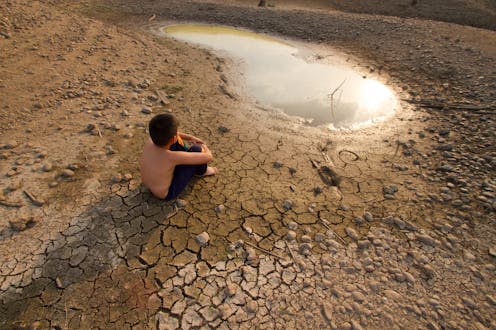Feel alone in your eco-anxiety? Don't – it's remarkably common to feel dread about environmental decline
- Written by Teaghan Hogg, PhD student, Clinical Psychology, University of Canberra

Feeling anxious about the ecological crises we face is entirely understandable, given the enormity of the threats.
Eco-anxiety is sometimes described as a mental health problem. It’s not. Eco-anxiety is a rational psychological and emotional response to the overlapping ecological crises we now face.
If you feel this way, you are not alone....

















